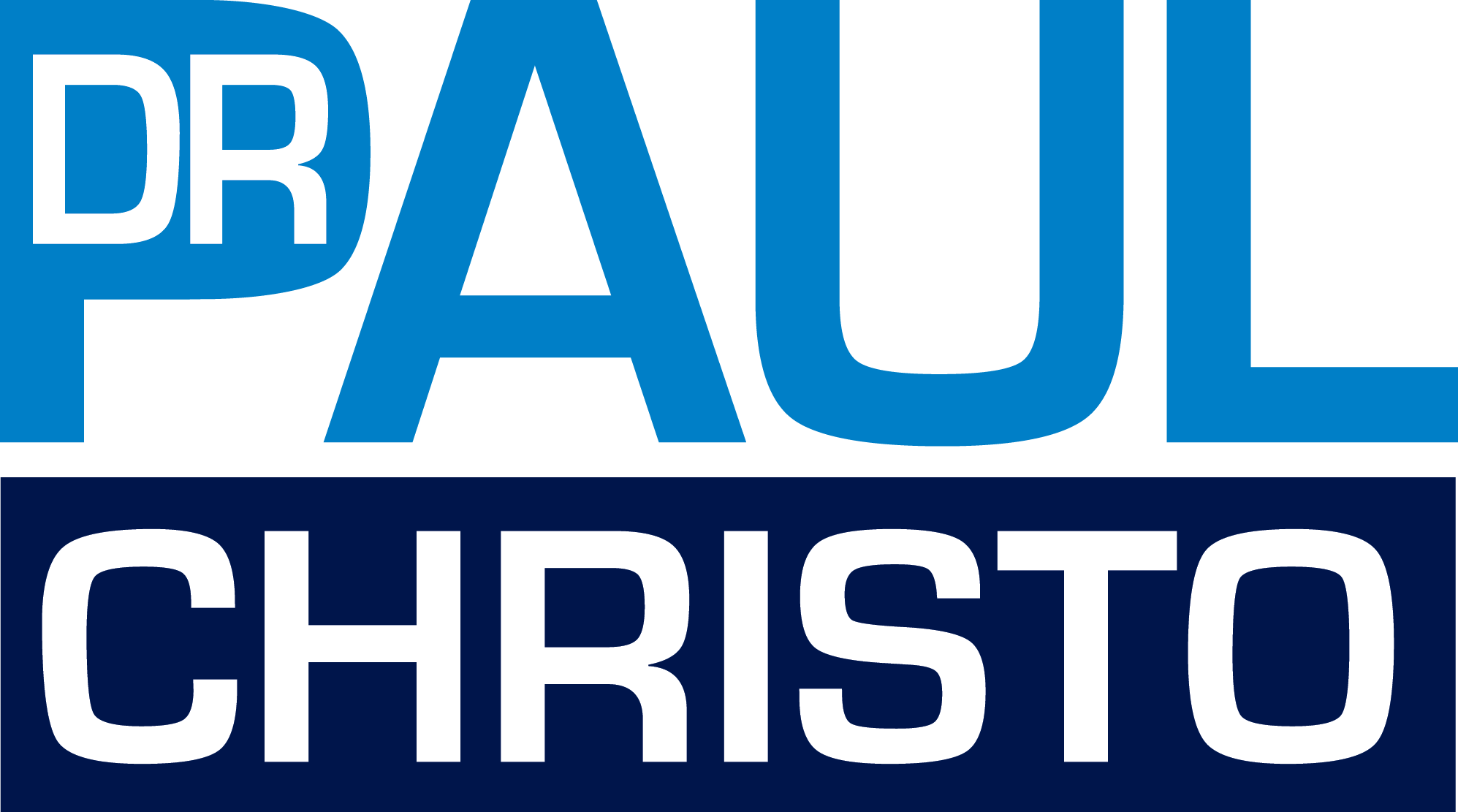
This story was originally published by A Beautiful Perspective. Read more from ABP’s current TOUCH Issue.
We don’t stop at the skin. With the practice of Healing Touch, hospitals are exploring the medicinal power of human contact and converting skeptics into practitioners.
The mechanism, according to Healing Touch Program Inc., is the human biofield. Our bodies are governed by electrical signals that create magnetic fields, and flows in this energy system can get disrupted. Practitioners are trained to feel and fix imbalances in emitted frequencies, whether they come across like heat, vibration or a rippling waterbed.
“You don’t always know what it is, but it’s off, not matching the rest of the body. If you’ve been cut and operated on there’s a pain ridge, like a hot thing that hits my hand,” says McGrorey, who visualizes such defects in the biofield smoothing or draining as she works on patients. “It’s hard to put energy into words. It’ll pop, it’ll crackle, it’ll almost sizzle. … You know you sound like a flake when you’re talking about it. I’d think I was crazy too!”
She was two hours into administering chemotherapy to a young man who was barely responsive and battling for breath. For days his vital signs had been terrible. McKinney decided to perform Healing Touch as McGrorey had shown her, mostly to prove its futility. She instructed the man’s mother on how to assist, and they worked on him for an hour. Then the monitor refreshed.
“His heart rate is now under 100; his blood pressure has come down to the high 120s over 80s; his breathing has dropped to 22. And my jaw hits the floor. His mom is like, ‘What happened?’ I’m like, ‘I have no idea!’” McKinney recalls, adding that while the patient succumbed to his illness a few days later, his vitals stayed normalized through the next evening.
In 2011 McKinney completed Level 1 training in Healing Touch, while McGrorey completed all five levels and case studies to earn full certification in 2013. Over the years they have worked on more than 300 patients.
McKinney was one early last year. After undergoing two abdominal surgeries to remove a cancerous tumor, she struggled with bad reactions to narcotics given for pain, and other medication did little for her nausea. McGrorey performed Healing Touch, and McKinney was stunned by the dramatic relief.
The duo explains that a practitioner’s biofield positively interacts and interferes with a patient’s, changing the hertz at affected points on the body to promote such things as tissue and bone healing. Systematic physical touch produces what they think is a “hormonal cascade.”
“In about 15 minutes you start to change the brain chemistry. So the sympathetic nervous system starts to calm down and the parasympathetic nervous system starts to engage, and you evoke that relaxation response. When you do that, cortisol levels drop; stress hormones, epinephrine and norepinephrine, they change; your serotonin levels change. Everything puts you in a position to heal,” McKinney says.
Highlights include clinical trials funded by the National Institutes of Health (examining fatigue and quality of life in women receiving Healing Touch along with radiation for breast cancer); a University of Iowa study on the impact on cellular immunity and moods of women being treated for cervical cancer; and a 2015 article from the journal Global Advances in Health and Medicine that takes a comprehensive look at where research on biofield therapies stands.
The article references studies showing benefits of these therapies in managing symptoms of cancer and chronic pain, as well as promising findings related to arthritis, dementia and heart disease, but the body of literature is small and beset with methodological issues. Part of the challenge, the authors assert, is educating the public and health practitioners about biofield theory and research.
Despite gaps in understanding, demand for and access to complementary and alternative medicine (CAM) have steadily climbed in the last 10 years. Integrative health programs have popped up at hospitals around the country and prestigious institutions including Duke, Yale and Johns Hopkins.
Dr. Paul Christo is a Harvard- and Johns Hopkins-trained pain specialist, an associate professor for Johns Hopkins Medicine and founding host of SiriusXM show Aches and Gains, which dives into the struggles and success stories of chronic pain sufferers. Christo’s segment on Healing Touch introduced a woman with scoliosis whose corrective surgery left her with sciatica, low-back pain and spasms. While skeptical of Healing Touch initially, she said the treatments improved her symptoms 90 percent.
“The area of energy healing is emerging … and I think there are practitioners who feel there are a lot of potential health benefits of Healing Touch,” Christo says. “We’ve known for a while that the human biofield does exist. As a result, it makes sense to perform investigations related to how to access that field in a way that helps restore health and reduce pain.”
Christo sees the medical community as generally “skeptical but open,” as more and more patients are interested in integrative therapies (the CAM industry in the U.S. is valued at more than $30 billion). He emphasized that methods such as Healing Touch should not replace established treatments, but may complement them.
Lisa Carr exemplifies that approach. The 58-year-old Las Vegan was diagnosed at 29 with a rare autoimmune disease called myasthenia gravis. Her body attacks nerve receptors that engage smooth muscles, like those controlling the eyes, throat, neck and limbs. That means she often feels debilitating weakness, and her voice and vision can deteriorate during flare-ups.
An experimental surgery in 1990 sent Carr into a 20-year remission, but she says the disease returned with a vengeance. She goes to UMC every two months for plasmapheresis to rid her blood of its harmful antibodies, and she always texts McGrorey to set up Healing Touch.
Stress intensifies her symptoms, and being at the hospital intensifies her stress. The touch treatments relieve muscle tension and reduce the need for anxiety medication, so she banks more energy and feels better overall.
“It makes a huge difference. … It’s like it touches your soul,” says Carr, a retired therapist who used progressive relaxation techniques with her own patients. Five years after her first session with McGrorey, she’s more convinced than ever that all hospitals should offer the treatment. “Touch is so important—just feeling that energy from another human.”
Thanks to the vision and direction of UMC’s nursing leadership, McKinney and McGrorey have been running a program of integrative therapies for 18 months. Called Tranquility at UMC, it includes Healing Touch, aromatherapy, music, breathwork and HeartMath; tranquility rooms where staff can have sessions; and plans for an outpatient clinic and quantitative study on Healing Touch effects. While they’ve tracked individual patient outcomes with surveys since 2011—and will present results at a national conference in April—this will examine a pool of more than 150.
“I wish people could see what we see with our patients. In our trauma bay, our burn unit, our oncology unit,” McKinney says. “The placebo effect works about 33 percent of the time. That’s pretty high. But when you get statistics back that are in the 80th-90th percentile, what’s going on? Whether or not you believe in it, if this is a bona fide modality, it’ll work.”
Not everyone believes, but McGrorey has seen plenty of minds changed by one powerful experience. Until technology can measure the unmeasurable, until science can reconcile the biomedical paradigm with the body’s more ethereal phenomena, she’s okay being a bit like Master Yoda urging an incredulous Luke Skywalker to feel the Force.
Maybe we are luminous beings unable to see past our “crude matter” to what she knows.
“I love the research,” McGrorey says, “but for me a lot of it’s just, you know that it works. You’ve seen, and you can’t go back.”
